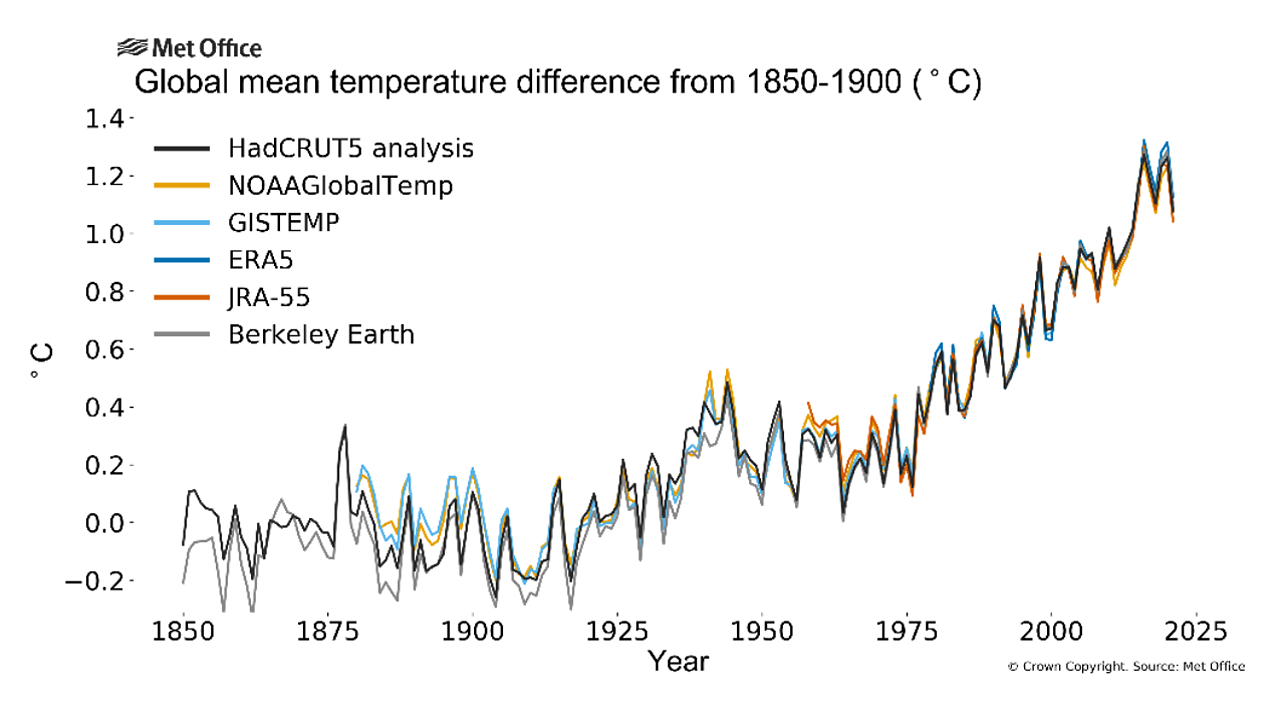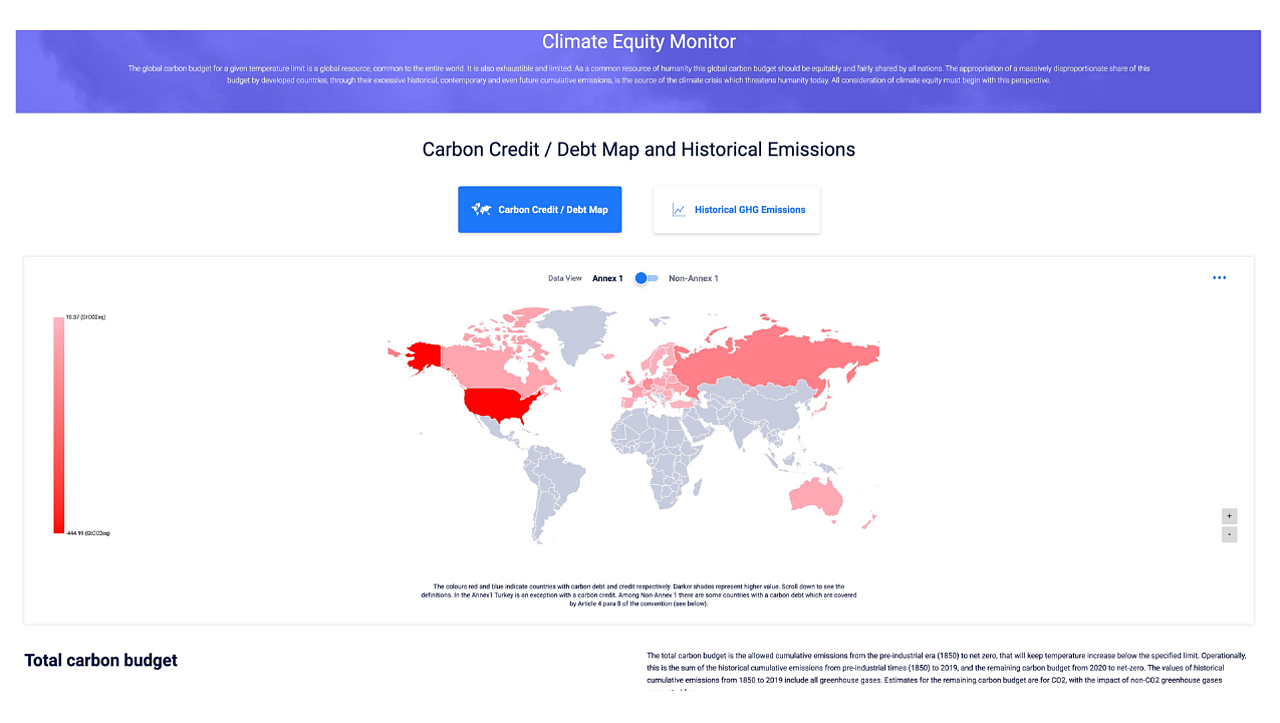
The United Nations Framework Convention on Climate Change’s (UNFCCC) 26th session of the Conference of the Parties (COP 26), now underway in Glasgow, UK is targeting urgent action that needs to be taken, if the 2011 Paris Agreement’s goal of limiting global average temperature increases to 1.5° C is to remain within reach.
“We are on track for a global temperature rise of 2.7° C, while we should be heading for the 1.5° C goal. Clearly, we are in a climate emergency. Clearly, we need to address it. Clearly, we need to support the most vulnerable to cope. To do so successfully, greater ambition is now critical,” said Patricia Espinosa, Executive Secretary, UN Climate Change on the inaugural day of the event.
The Paris Agreement’s main aim was to maintain the global average temperature rise this century to well below 2° C, in addition to driving efforts to limit the temperature increase even further to 1.5° C above pre-industrial levels.

In its recent Working Group 1 report, the Intergovernmental Panel on Climate Change (IPCC) estimated that CO2 emissions would need to be reduced to 45% in 2030, if global average temperature increases are to be limited to 1.5° C.
Calling extreme climate events the new norm, Prof Petteri Taalas, Secretary-General, World Meteorological Organization (WMO) said that there was mounting scientific evidence that some of these bear the footprint of human-induced climate change.

“At the current rate of increase in greenhouse gas concentrations, we will see a temperature increase by the end of this century far in excess of the Paris Agreement targets of 1.5-2° C above pre-industrial levels,” Prof Taalas said, calling COP26 a make-or-break opportunity to get back on track.
A Matter Of Balance
Global climate change agreements are a delicate consensus between the developed and developing world with both sides needing to balance the contrarian requirements. Many developing countries, which need to industrialise to grow their economies, remain of the firm opinion that previous commitments by developed nations as part of the Paris Agreement should first be honoured.
“India recognises the urgency of strong climate action in this decade to ensure that we are on track to stay within the temperature goal of the Paris Agreement,” said Bhupender Yadav, Union Minister for Environment, Forest and Climate Change, adding that COP26 must initiate the process of setting the new collective long-term climate finance goal post-2025.

India has taken significant steps towards climate change in areas of renewable energy, energy access, and efficiency, sustainable transport including e-mobility, sustainable agriculture, enhancing green cover, etc. India has set an ambitious target of 450 GW of renewable energy by 2030, and between 2005 and 2016 it has achieved a reduction of 24% in emission intensity of its GDP, achieving its pre-2020 voluntary target.
Rapid and transformative actions are now needed in view of the meagre remaining global carbon budget, which at the current rate of global emissions will be exhausted within this decade. COP26 will be expected to arrive at a consensus on many of the unresolved issues of the Paris Agreement rule book such as long-term climate finance and market-based mechanisms.
There is an argument that delayed climate action and lack of leadership from developed countries has increased the cost of mitigation and adaptation in developing countries.
COP26 will host the first ministerial dialogue on climate finance under the Paris Agreement and will also focus on the central issue of provision of support to developing countries. This is related to the goal of mobilising $ 100 bn annually by 2020, which is key for developing countries, who will need to finance their adaptation, capacity-building, technology transfer capabilties to mitigate climate change.
Developing Nations Wary Of Unmet Promises
While India has welcomed the UK COP26 Presidency's five key initiatives on sustainable land use, energy transition, low emission vehicle transition, climate finance, and adaptation, Yadav has pointed out that the accelerated climate action by developing countries like India requires the contingent provision of climate finance, technology, and other means of implementation support.

The ministerial level Like-Minded Developing Countries (LMDC) group meeting hosted in Bolivia ahead of COP26, outlined some of the concerns of developing nations. The LMDC, which is comprised of around 25 developing countries from Asia and other regions, stated that ‘despite their lack of ambition shown in the pre-2020 period, as well as in their Paris Agreement NDCs, major developed countries are now pushing to shift the goal posts of the Paris Agreement from what have already been agreed by calling for all countries to adopt Net Zero targets by 2050.’
According to the LMDC, this new ‘goal’ being advanced runs counter to the Paris Agreement. “Demands for ‘net zero’ emissions for all countries by 2050 will exacerbate further the existing inequities between developed and developing countries,” the LMDC stated.
On the issue of delivery of climate finance, the LMDC stated that developed countries, who had agreed in 2010 to mobilise $ 100 bn per year by 2020 had fallen short of their agreement. The 2020 timeline to deliver on the $ 100 bn has now been shifted to 2025.
India launches Climate Equity Monitor
In an effort to provide a better understanding of energy and resource consumption across the world, and ongoing climate policies of several countries, India has launched a Climate Equity Monitor online dashboard. This tool will be used for assessing equity in climate action, inequalities in emissions and energy and resource consumption at the international level.

Developed countries, in fact have increased their emissions between 1990 and 2020. The IPCC’s most recent report titled ‘The Physical Science Basis’, revealed that historical cumulative emissions are the cause of the climate crisis that the world faces today.
“The developers of this dashboard have taken this initiative to build awareness, especially among the public of the global South, that climate action is a global collective action problem. The website is intended to debunk the narrative provided by many developed countries, and global NGOs that focus attention continually on what developing countries must do, constantly demanding greater commitment and action from them,” the MoEFCC said in a release.
Conceptualised and developed by independent Indian researchers, the Climate Equity Monitor will monitor the performance of developed countries and also provide comparisons with the performance and policies of developing countries.